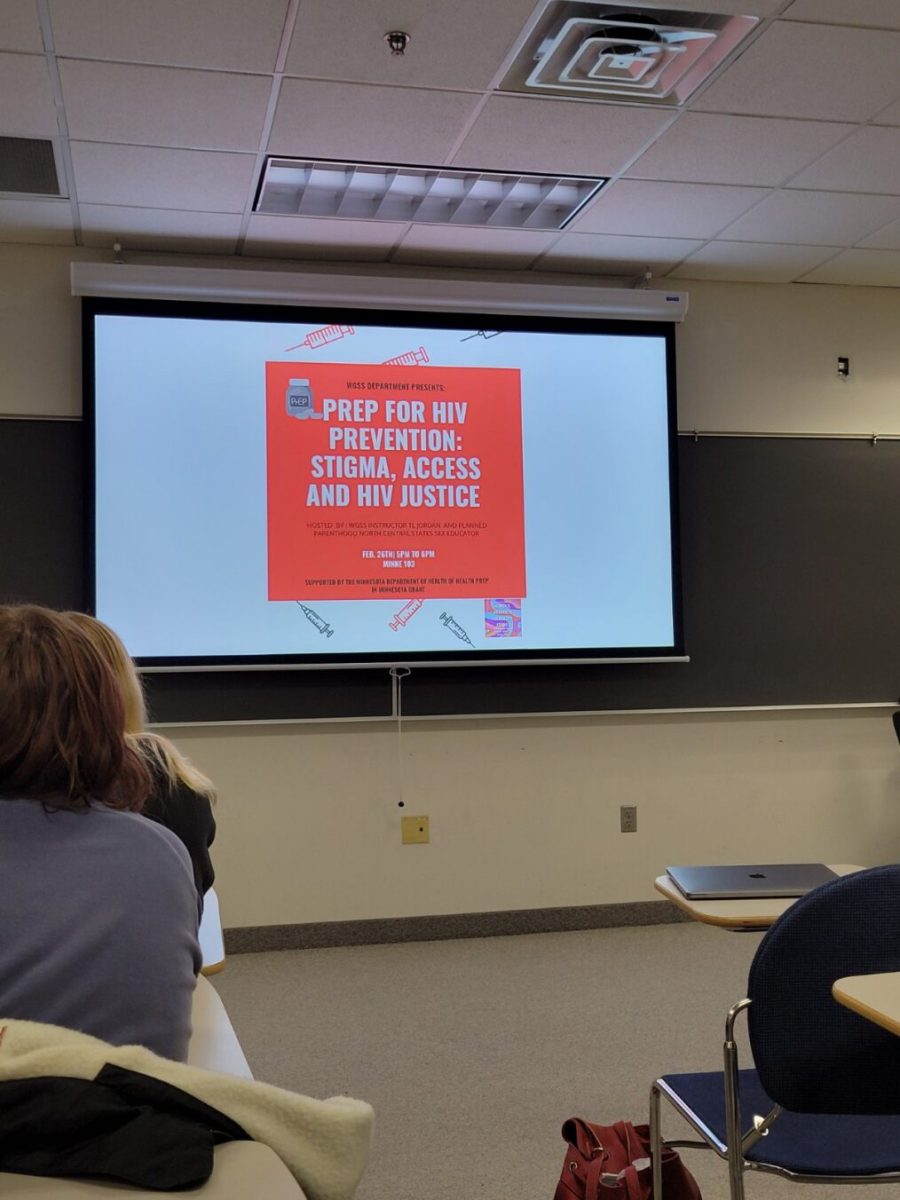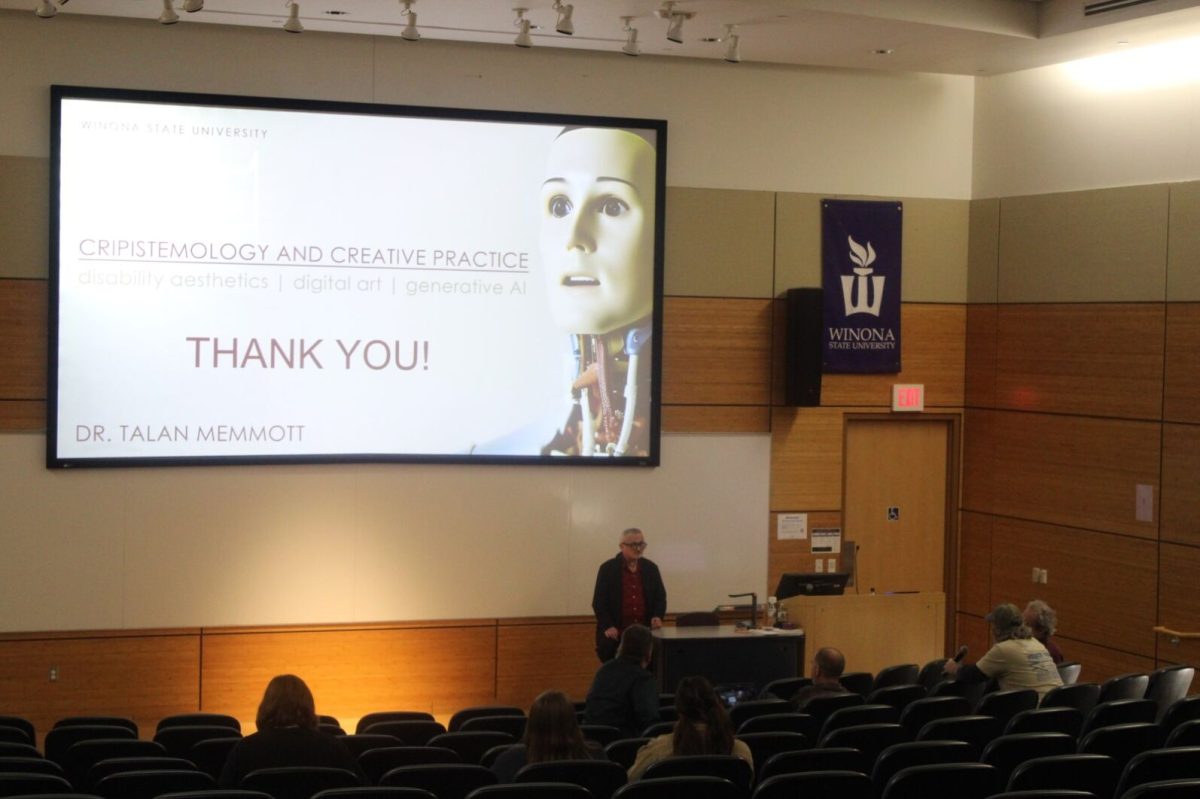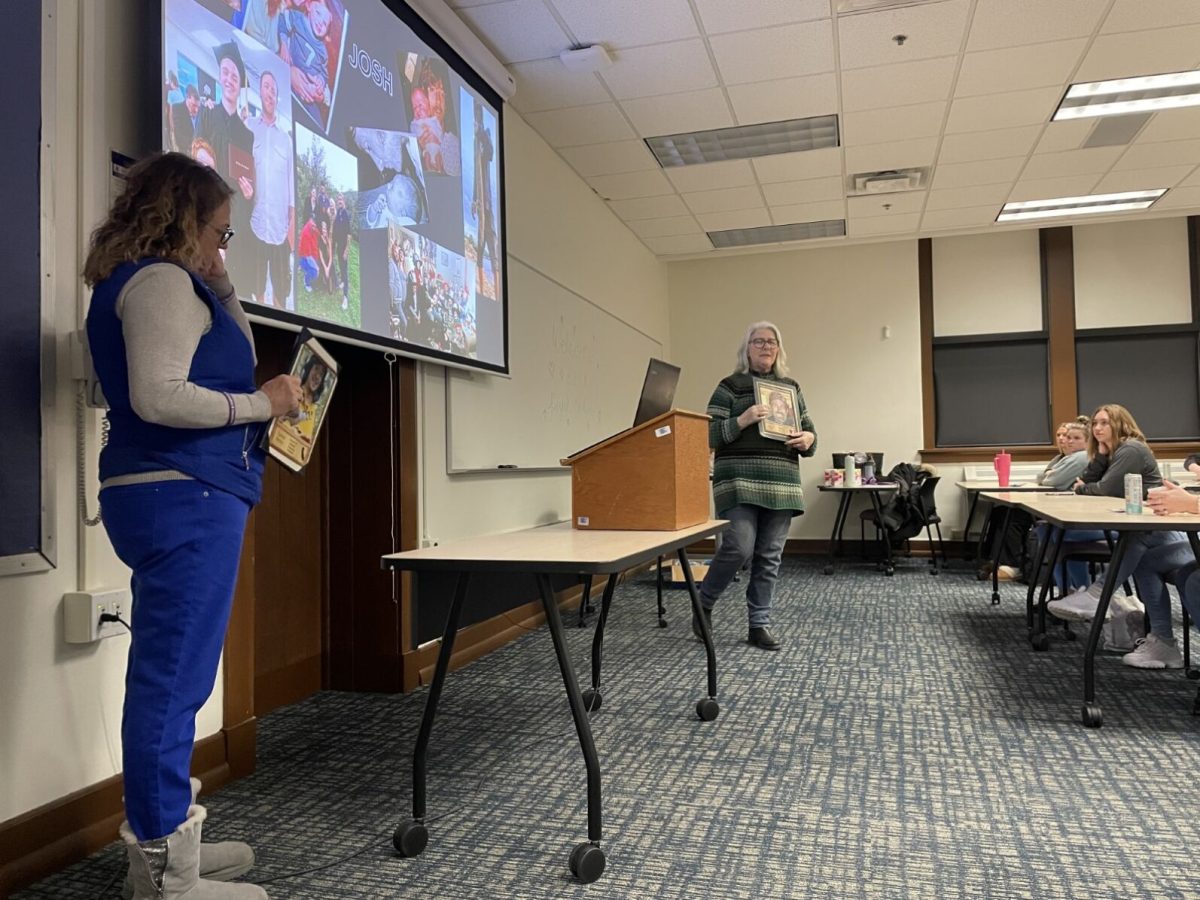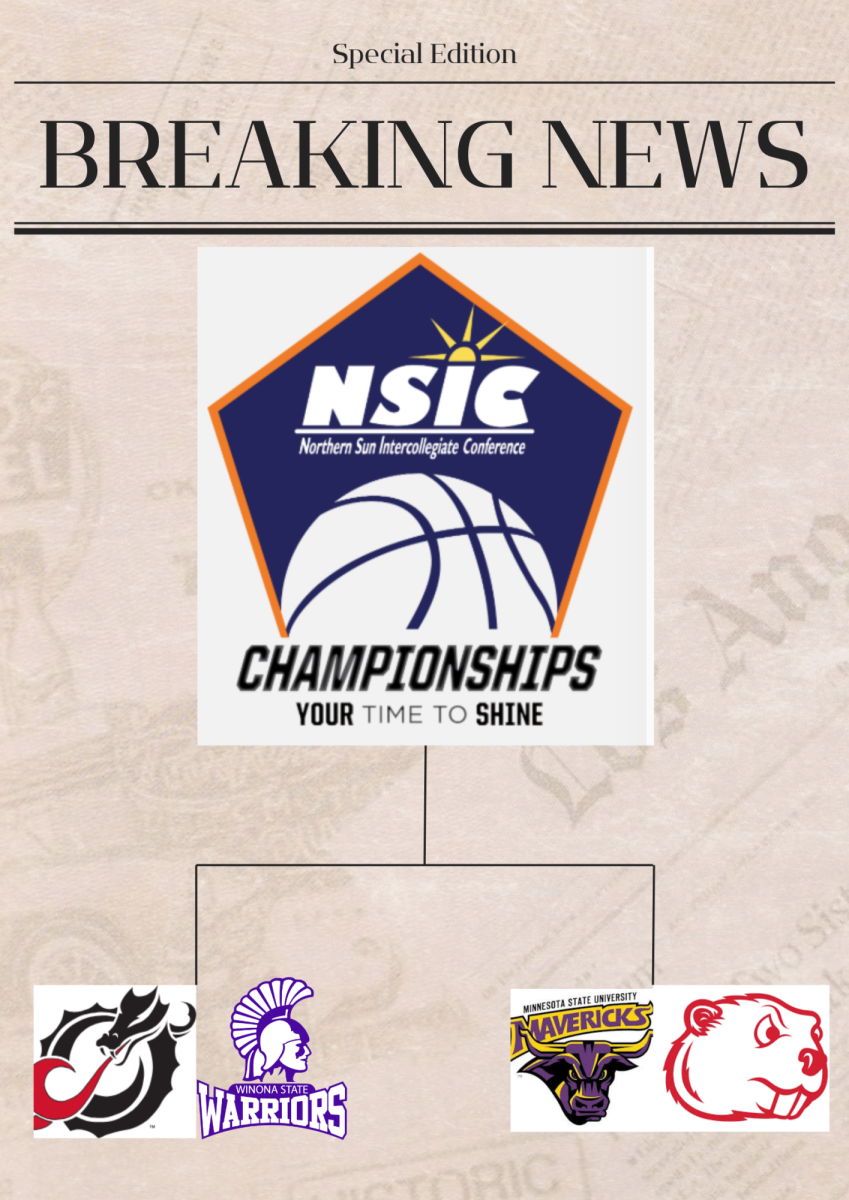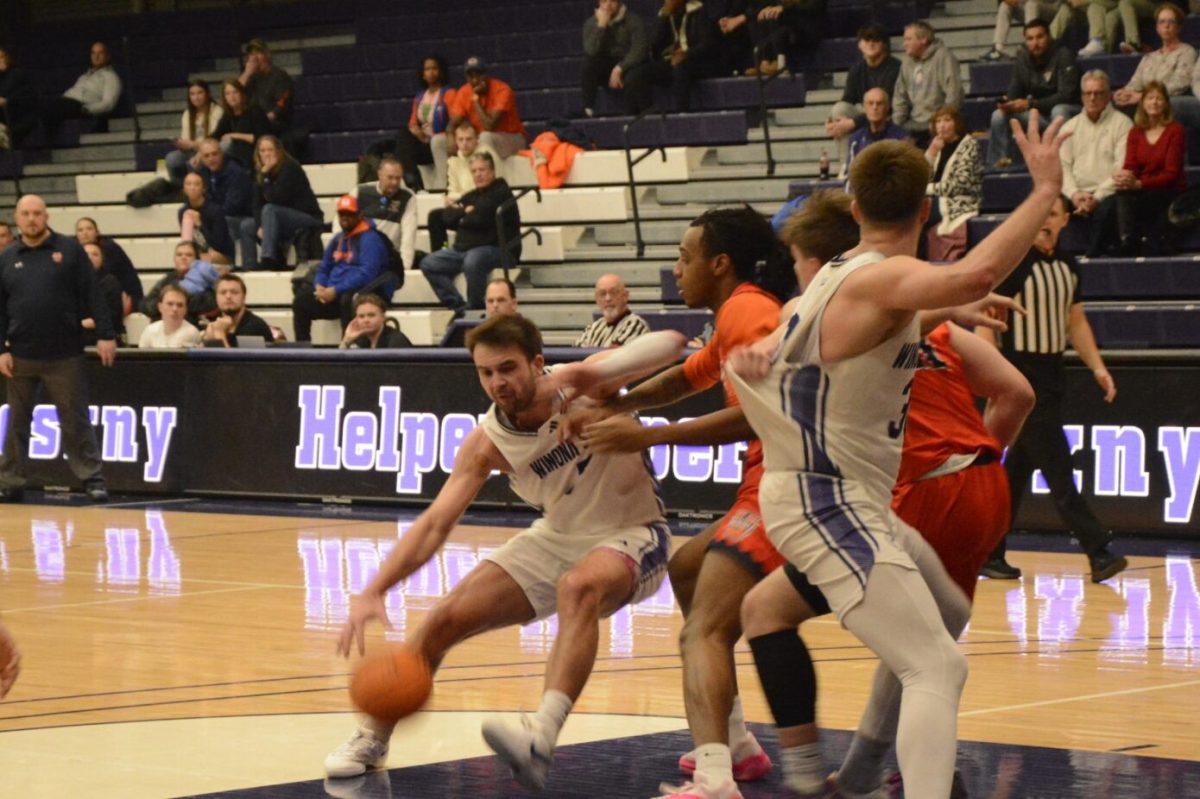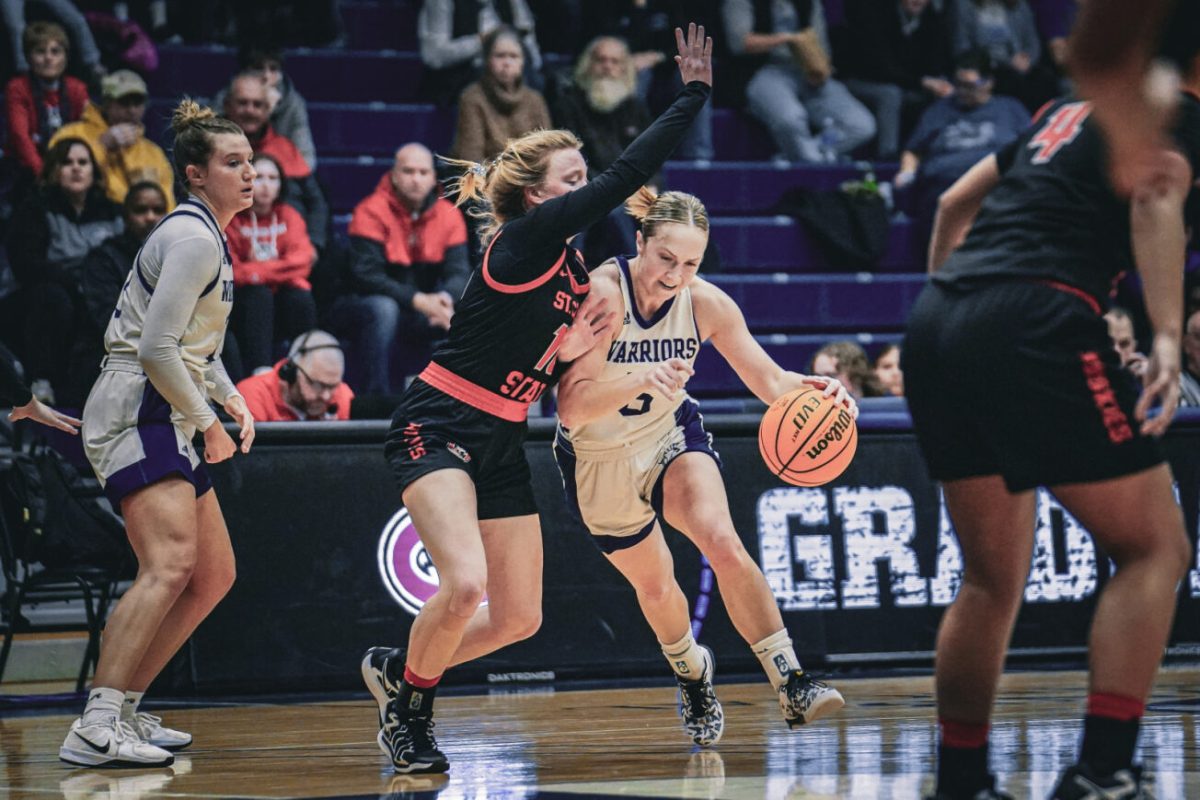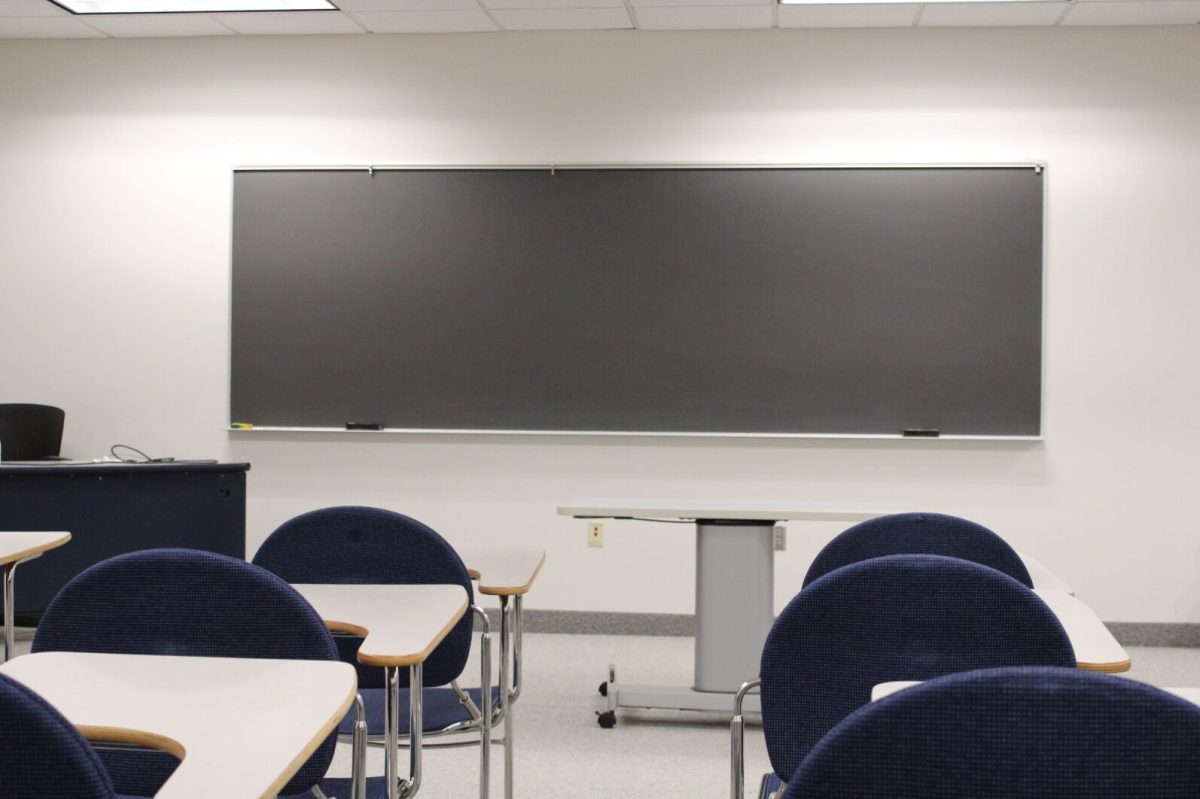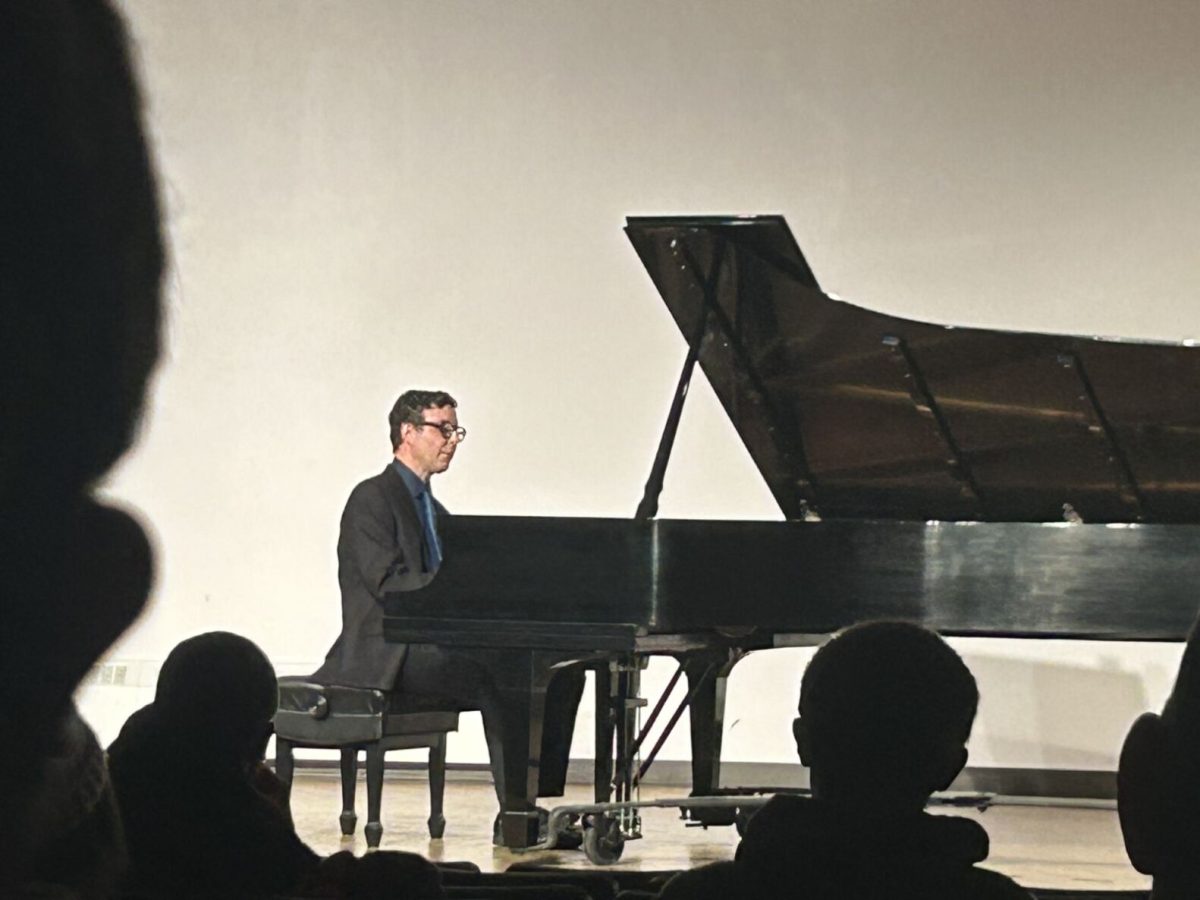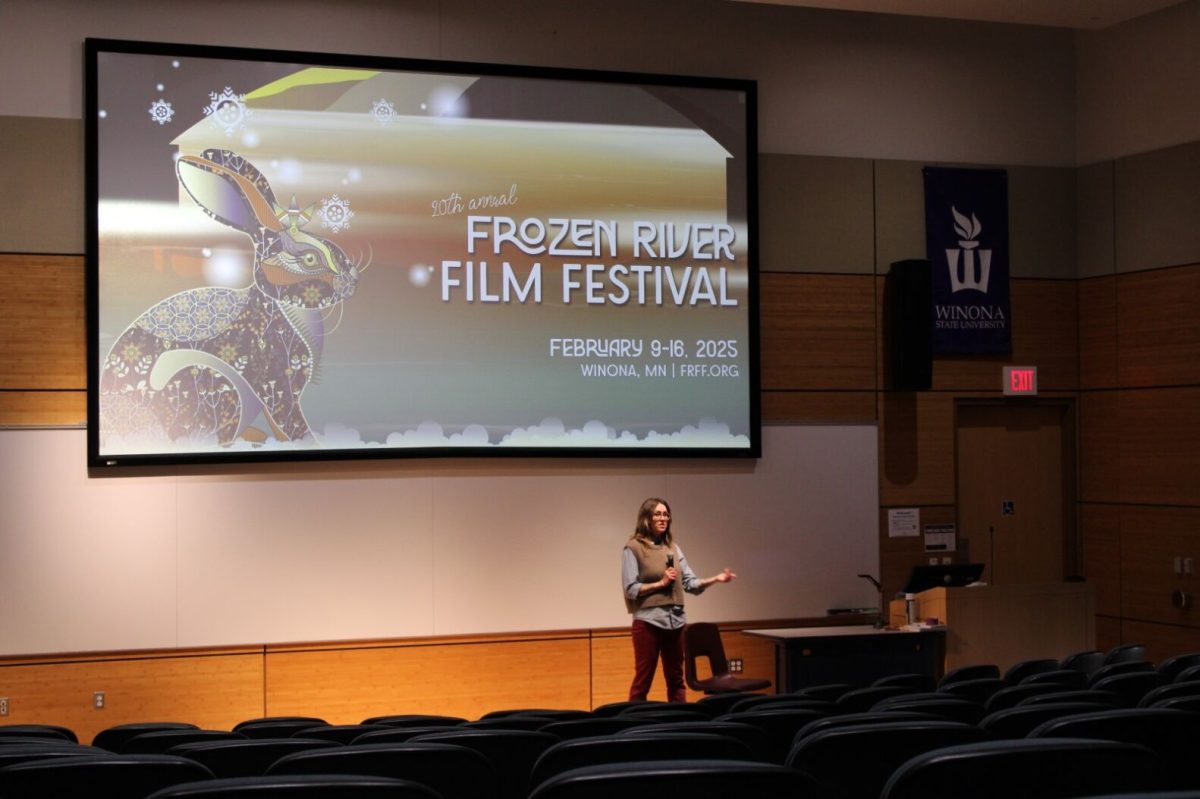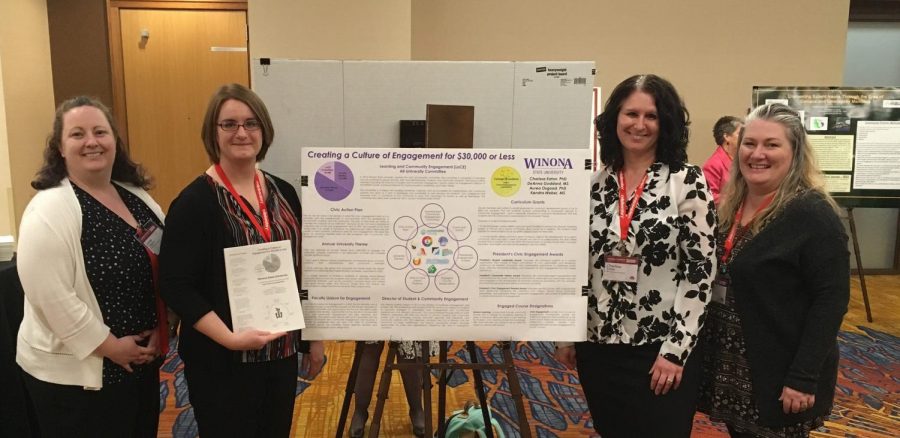Winona State has ‘culture of engagement’
Left to right: Aurea Osgood, Charissa Eaton, DeAnna Goddard and Kendra Weber represented Winona State University at the Campus Compact 2018 National Conference in Indianapolis, where they presented “Creating a Culture of Engagement for $30,000 or Less”.
April 11, 2018
Winona State is committed to providing genuine community engagement for students through a variety of means. The Learning and Community Engagement (LACE) committee plays a big part in helping Winona State engage with its surrounding community.
Winona State is a Carnegie Foundation certified University which means that the university has proven its dedication to engagement and desire to grow as a university. This classification happens every three years, so Winona State needs to prove their growth to remain classified.
Another way LACE helps Winona State stay engaged is through university themes. The theme this year is creativity and innovation and next year it will be resilience.
Themes are chosen two years in advance and help the university to plan speakers and events for the whole year. The theme has impacted students this year by creating events such as the Frankenstein bicentennial or CLASP talks.
One way that Winona State is changing to allow for engagement is by adding course designators to the classes they provide. The classifications work like tags and allow classes to identify as a service learning or civic engagement course.
One of the service learning classes teaches interview skills to aid disabled adults in their search for employment.
The professor of the course, Charissa Eaton, described it as a way for students to practice what they have learned in the course.
“Their role is to use their interviewing skills that they’re learning to teach a topic,” Eaton said.
These designators show up on course catalogues so that students know that they can take courses with these additions when they sign up. They also appear on transcripts so future employers can take note of engagement work that students participated in.
LACE also encourages engagement by helping the university to create co-curricular transcripts. These special transcripts show more than just courses taken and grades earned.
Kendra Weber, director of student & community engagement, describes it as a more broad transcript.
“That would be a transcript that helps gather some of those out of the classroom experiences that are important to students and that contribute to learning,” Weber said.
These transcripts display different ways a student was engaged beyond classwork. If they were, for example, a club president, then their co-curricular transcript would mention that status. The goal is to allow students to easily display all the ways they engaged with their school and community.
Four members of Winona State staff attended the Campus Compact convention in Indianapolis and presented their ideas on University Engagement. Their presentation was titled “Creating a Culture of Engagement for $30,000 or Less.”
The presentation detailed how Winona State delegates its engagement budget to create the desired culture of engagement for all students, faculty and community. Winona State shared their ideas and gained new ideas of their own from many other universities who also attended the event.

